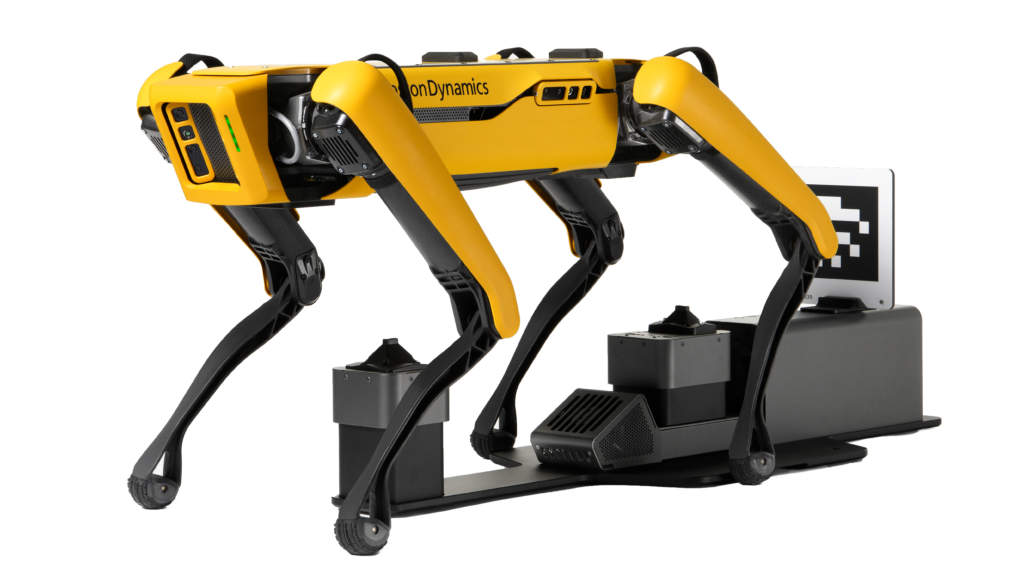St-Sulpice, Switzerland, February18, 2021 – BlueBotics, the global leader in natural feature navigation, has announced its Autonomous Navigation Technology (ANT®) is now estimated to have driven automated guided vehicles (AGVs) and autonomous mobile robots (AMRs) over 10 million kilometers, in applications ranging from warehousing and manufacturing to commercial cleaning services, UVC disinfection and more.
Dr. Nicola Tomatis, CEO of BlueBotics, said, “The timing of this milestone is perfect as it comes the same month that we celebrate the company’s 20-year anniversary. It is amazing to think that our customers’ ANT® driven vehicles have driven over 10 million kilometers, almost 250 times the circumference of the globe. This achievement really speaks to the robustness of our industry-proven ANT® technology.”

ANT® navigation is popular with manufacturers and end users of AGVs, automated forklifts and AMRs, since it simplifies and shortens vehicle installation times as well as providing flexible, accurate and user-friendly operation. The technology suits a myriad of vehicle types and kinematics, from small 100 kg AMRs to 30-ton heavy load transporter AGVs. In addition, with BlueBotics’ accompanying ANT® server software, users whose vehicles are driven by BlueBotics’ ANT® lite+ product can create and operate a synchronized fleet of ANT® driven vehicles, no matter what the type or even brand. All of these vehicles are able to interact seamlessly with on-site equipment and machinery, including an organization’s existing WMS/MES/ERP software, using ANT® server’s simple API.
Dr. Tomatis continued, “In arriving at our 10-million-kilometer milestone, we conservatively estimate that AGVs driven by ANT® technology have worked more than one million days – over 2,500 years – of commercial operation.”

“It is exciting to see the impact ANT® technology is having, both on the AGV market and – most importantly – on the efficiency of those companies that operate ANT® driven vehicles. With our continuing strong growth, it shouldn’t be long before ANT® driven products will have circumnavigated the globe 500 times!”
About BlueBotics
BlueBotics is the reference in natural feature navigation and has the mission to help companies meet the challenge of vehicle automation. With its 20 years of industry experience, the company provides the autonomous navigation technology (ANT®) and expert support customers need to bring their AGV, automated forklift or mobile robot successfully to market. Today, there are more than 2,000 ANT® driven vehicles in operation worldwide. https://www.BlueBotics.com


